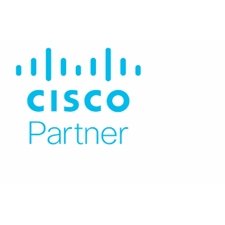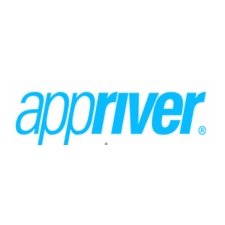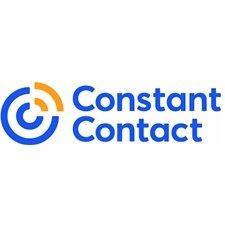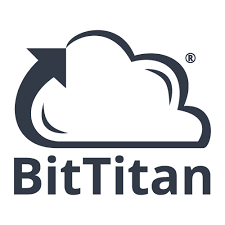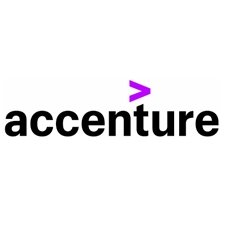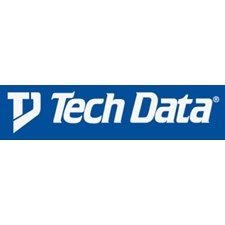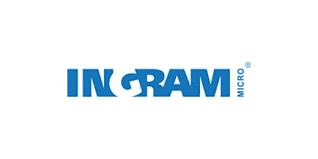Email Security
IT Consultancy
24/27 Monitoring
Cyber Security

Your Trusted Partner
IT Managed Services
At Skafos Consulting, we understand the critical role that technology plays in the success of your business. As your Fully IT Managed Services provider, we are not just a service; we are your trusted partner in ensuring that your IT infrastructure operates seamlessly, securely, and at its full potential.
Our Goal as a Company
We invite you to explore the Skafos Consulting advantage further and discover how we can help drive your business forward through comprehensive, reliable, and expert IT management.
Our Team
Transparency and accountability are essential to today’s industries. Hence, we developed a robust team of professionals that are equipped to ensure services are monitored without any service disruption. systems and our strategy involve collaboration between the architecture and your company.
Dedicated Services
- Network Management & Support
- Dedicated Server Management
- Mobile Device Management
- End User Support
- Remote Monitoring & Support
- Help Desk & Ticketing
- Cyber Security Management
- Patch Management
- Service Desk Implementations
- Training
- Asset Management
- Risk Management Solutions
- Microsoft Teams Administration
- Compliance Solutions
- DLP Management
- Automation
- Zero Trust Management
- Microsoft Intune
- Microsoft 365 Migration
IT Managed Services | Skafos Consulting
IT Managed Services that revolutionize your architecture. Unlock unparalleled opportunities for your organization. Imagine a future where your IT operations are not just efficient but also predictive, adaptive, and hyper-responsive.
Cloud Computing
Developing a cloud-based platform strategy involves planning and implementing the use of cloud technologies to achieve specific business objectives.
Skafos Consulting provides a range of services to businesses, facilitating seamless transitions to the cloud for their infrastructure.
These services encompass strategic planning and consulting, as well as the migration of workloads from one Microsoft 365 tenancy to another, and the transfer of databases and servers between domains.
Network Security
Security threats and data breaches are on the rise in today’s business industries. Allow us to assist you in safeguarding the confidentiality, integrity, and availability of your data and network resources.
Our processes include deploying a robust firewall and IDS/IPS solutions to monitor and protect the network perimeter.
Continually scan for vulnerabilities and apply security patches promptly. Additionally, we utilize other Network Security tools such as Endpoint Security, Security Policies and Procedures, Governance and Compliance, Risk Assessment, Incident Response and Recovery, and Security Awareness and Training.
Disaster Recovery Service
Disaster Recovery Service is essential for every organization and business industry. Unexpected disasters are evident in today’s world. We as a recovery service provider ensure the highest level of preparedness and protection against potential disasters for our clients and customers. Our plans are interesting and affordable. Contact us to learn more about our Disaster Recovery Services.
Implementing a disaster recovery plan and service requires careful consideration of the organization’s needs, potential risks, budget constraints, and the criticality of the systems and data. It’s essential to partner with a reputable and experienced disaster recovery service provider to ensure the highest level of preparedness and protection against potential disasters.
Data Recovery Services for Your Critical Systems
Seeking a strategic partner for your business Skafos IT is the place to turn.
Click on Video Below!


Zero Trust
Enterprise IT Services & Support
Our Managed IT Services products will help you succeed. Let’s get started










Disaster Recovery
Skafos Consulting extends site- recovery to customers. Disaster recovery as a service (DRaaS) is the safeguarding of sensitive data
IT Managed Services
Skafos Consulting offers IT services and technical expertise to enable organizations to deliver the best solutions to their audiences.
Website Design
Skafos Consulting design client’s websites to increase the transparency in their products and services.
Cloud Security
Skafos Consulting establish security protection for cloud computing platforms with penetration testing and monitoring.
Cloud Migration Strategy and Planning
Managed IT Infrastructure Services
We believe that designing products and services in close partnership with our clients is the only
way to have a real impact on their business.
Manufacturing IT Services
Skafos Consulting can help you assess, secure, and optimize your Windows, Linux and UNIX systems to protect your organization from potential security threats. We understand the unique challenges of securing these operating systems and can provide tailored solutions based on industry best practices and your specific needs.
Construction IT Services
In recognition of the importance of proactive management of cyber risk. Governance framework is essential to effective enterprise-wide solutions. Skafos Consulting can help you improve your framework.
Financial IT Solutions
Data integrity requires accuracy and reliability of data throughout its entire lifecycle. We offer expertise, guidance, strategy, solutions, and support for your business.
Latest Posts

Business-to-Business (B2B)
Human Augmentation
Promotions
Empower your business with cutting-edge IT services!
Insights to help you do what you do better, faster, and more profitably. Read Full Blog
Partners

We’re Here To Help
Advisory services and strategic plans. Connect with Skafos Consulting LLC.











